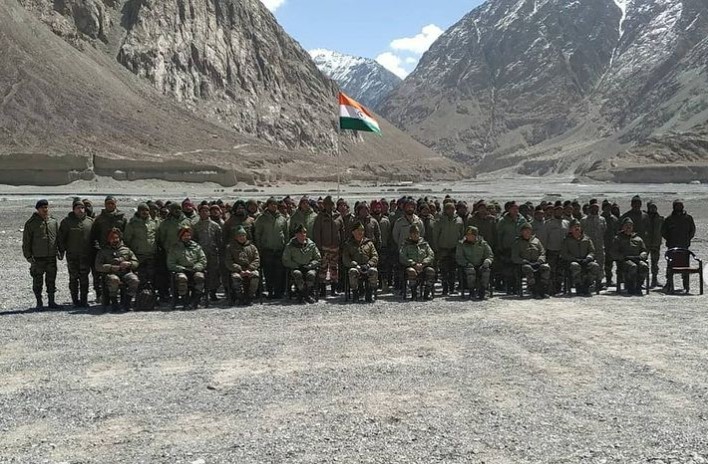
India-China Border Build-up: Pragmatically Speaking!
Tue, 29 Jun 2021 | Reading Time: 6 minutes

A recent news-item has proclaimed that India has redirected at least 50,000 additional troops to its border with China, in a historic shift towards offensive military posture. Over the past few months, India has moved troops and fighter squadrons along three distinct areas, and has now has roughly 2,00,000 troops focused along the India-China border, an increase of more than 40% from last year, in a strategy known as “offensive defence.”
In a recent press briefing, Foreign Ministry Spokesperson Wang Wenbin, when queried on this issue stated that “… the two sides are resolving the boundary issue through negotiation, and the words and deeds of relevant important military and government officials, and military deployments should be conducive to deescalating and cooling down the situation, and to enhancing mutual trust, rather than the opposite.”
Another Chinese Foreign Ministry spokesperson Zhao Lijian had stated a few days ago that “…we advocate that we should address the boundary issue through peaceful negotiations and we don’t think that the border issue should be linked up to our bilateral ties.”
Taking many steps back, India and China have had border discussions since 1981, Joint Working Group meetings from 1988 to 2005, 22 of Special Representatives Talks thereafter and in addition many summits and visits at apex political levels. With the border bilateral agreements signed in 1993, 1996, 2005, 2012 and 2013, the two countries had also accepted Confidence Building Measures (CBMs) and protocols. These had been followed with troops disengaging and moving to their respective bases. There were sporadic incidences of scuffles and fisticuffs, the long-drawn stand-offs in 2013, 2014 and 2017, which were later resolved. To sum it, despite the Line of Actual Control (LAC) being a flawed concept and seemed intractable, the continued discussions at multi-fora signified unlikelihood of any escalation to conflict. In large measure, India-China border stood literally and metaphorically frozen!
By 2020, evidently China had acknowledged to itself, its geo-political achievements; the largest economy in PPP terms, strong politico-economic spread of wings world-wide through BRI, reasonably modernised military, majorly honed internal nationalism and its success without significant challenge in South China Sea. Time then was ripe to open another front and further flex geo-political muscle!
Out of the blue, in May 2020, with the pandemic raging, China attempted expansionism, with two mechanised/ motorised divisions surreptitiously side-stepping from training areas to Aksai Chin, followed by multi sub-sectoral aggression in Eastern Ladakh, both first of their kind events. Premeditation by PLA was, hence, obvious.
Lulled by the ongoing discussions it is logical, for the Indian Armed Forces and the polity to be surprised by the events of May and June 2020. The incursions, however, clearly indicate coercion and intimidation, as part of Chinese geopolitical ambitions. The eventology sums to PLA having deliberately and in a well-planned manner broken the systemic of understandings and behaviour based on varied agreements, protocols and norms. At least, 2020 clarified to India, that belligerent, revanchist and expansionist policies are ingrained in China, and the challenge must not be soft-pedalled!
A major unintended consequence has been creation of patrolling moratoriums in disputed areas, in Eastern Ladakh, which, wily nily implies creation of buffer zones without challenge to proclaimed claim lines. The changes in strategic geography in Tibet and Xinjiang, in the form of underground silos, blast pens in airfields, missile sites, positional of PLAAF aircrafts, new road-rail structures, and the attempts to demographically change the border areas, are all challenging the notions of peace that existed pre-April 2020.
There is a need to differentiate how the units and formations were retained on both sides of the LAC and the broad geography. The areas opposite India are split between Xinjiang Military Region which includes Aksai Chin, and the Tibet Military Region that has areas from Ngari (Ali) to Shigatse Military Districts. Xinjiang (except areas South of Kun Lun Mountains – South Xinjiang Military District) has altitude averaging 4500 feet, which mandates that the units, to operate in Aksai Chin have to be perforce acclimatised in minimum two stages. Tibet on the other hand has an average altitude of 14000 feet. The troops located in Xinjiang and Tibet are near-permanently tasked in the same areas, on the India-China border, and hence in some form can be taken as always acclimatised. There is also the advantage of very fine National and State Highways network that connects the LAC. PLA starts hence with an advantage; having well prepared troops and infrastructure to push larger quantum of units and formations to the LAC, when need be!
As the Agreements and the CBMs of the past stand frozen by the 2020 actions of PLA, and the distrust is complete, mandatory planning by the Indian Armed Forces is imperative, lest be surprised again. That brings to fore, to the Indian military planners five significant imperatives.
First, though the Chinese spokesperson advocates that we should address the boundary issue through peaceful negotiations, this is exactly what India had been doing in the last four decades. However, the Chinese expansionist claims of Pamir Mountains of Tajikistan, Mount Everest of Nepal, Japan’s southernmost Okinotori Island, Bhutan’s Sakteng Wildlife Sanctuary and the incursions in Eastern Ladakh, all of 2020, tell a totally different story. The very large number of incursions into territorial waters and airspace over the Japanese-administered Senkaku Islands and Taiwan Straits are witness to this expansionism.
The past has many other examples, like Johnson Reef in 1988 and Mischief Reef in 1995, the Scarborough Shoal in 2012, major land reclamation of unoccupied shoals and reefs in South China Sea in 2013, and then using construction activities to turn them into militarized artificial islands.
Second, au contraire to PLA, on the Indian side, there is a regular turnover of troops on the India-China border, mandating two/three stage acclimatisation. Social requirements also necessitate adequacy of peace-field tenures. There are also serious infrastructural issues for induction of units and formations when need arises (though much is being done). Hence in the proximate reaches of the LAC, there were always finite number of units. Case in point is Eastern Ladakh, where media reports indicate that in defensive role, pre-2020 only one division and an armoured brigade were tasked for 900 km of LAC. Following May-2020 incursions by PLA, realignment has been undertaken with a second division – Uniform Force, responsible for areas South of Pangong Tso.
The defensive posture had to be enlivened against the distrust and the perpetual threat. The lay of the ground, the two Rivers Shyok and Indus, the Pangong Tso and various super high-altitude ranges foreclose the options of tactical sidestepping of forces. Even when and if de-escalation takes place by the PLA of the two accretional divisions presently located in Aksai Chin/ Rutog, the reappraised defensive layout in Eastern Ladakh will have to be retained.
Third, it is strongly evident after the 29/30th August operation of Indian Army, that any loss of (even claimed) territory hurts the PLA / CCP tremendously. There was massive over-reaction. But for the fire-control exhibited, in any other circumstance, PLA reaction on Kailash Range was hara-kiri!
Apparently, for PLA/CCP, any infringement of ‘their 1959 Line’ is totally unacceptable. This 1959 Line also has a typically Chinese dynamic character when, even in 2020, it had reached the estuary of Shyok and Galwan Rivers or the Kailash range itself! However, this mental preoccupation with 1959 Line indicates significant vulnerability in operational philosophy. Offense hence is the best form of defence, even in super high altitude, which can force disproportionate and hasty response, outside realms of military prudence. There comes in the mandatory requirement of retaining acclimatised reserves in appreciable quantum, to offset the advantages of PLA in Tibet.
Fourth, the holding of large PLA Army is also an issue of analysis. While the PLAN and PLAAF, PLASSF and PLARF, all have roles in their primary concerns along the Eastern Sea Board and China’s intransigent other problematic issues, and as part of super-power equations. PLA Army on the other hand has territorial, land bias, and not so much for internal security. With the land neighbours, India’s large frontier stands out as PLA Army’s major obvious task. A prudent assessment dictates that a pragmatic nation like India, cannot push this thought into oblivion.
Fifth, indeed, the Indian military and polity had hoped over four decades for a peaceful border with China, and worked assiduously to that end. Though there is distrust presently, there can always be fresh beginnings. The offer of settling the border issue aside for future generations by Deng Xiaoping, has also seen two generations go past! A sincere beginning will be to re-initiate the process of demarcating and delimiting the border. That will in many measures bring a thaw, and take the processes forward to betterment of relations.
Forecasting of the course the India-China border issue will take, at this juncture is fraught with danger. It is apparent that the larger aim of PLA in 2020 was coercion and intimidation, than significant territorial expansionism. War, between India and China, if ever to take place, will be a deliberate, well planned and executed decision, and not an impulsive conflagration or accident.
Speaking pragmatically, additional 50000 troops, or thereof on the border, is not a matter of contention whatsoever, the situation demands it!
*************************************************************************************************************
Author

Lt Gen (Dr) Rakesh Sharma, PVSM, UYSM, AVSM,VSM (Retd) served for forty years in the Indian Army and commanded the Fire and Fury Corps in Ladakh. He was Adjutant General of the Indian Army, and is currently DISTINGUISHED FELLOW with CLAWS. He is a prolific writer and lectures on Geo-strategic and military matters.
Disclaimer
The opinions expressed in this article are the author’s own and do not reflect the views of Chanakya Forum. All information provided in this article including timeliness, completeness, accuracy, suitability or validity of information referenced therein, is the sole responsibility of the author. www.chanakyaforum.com does not assume any responsibility for the same.
Chanakya Forum is now on . Click here to join our channel (@ChanakyaForum) and stay updated with the latest headlines and articles.
Important
We work round the clock to bring you the finest articles and updates from around the world. There is a team that works tirelessly to ensure that you have a seamless reading experience. But all this costs money. Please support us so that we keep doing what we do best. Happy Reading
Support Us







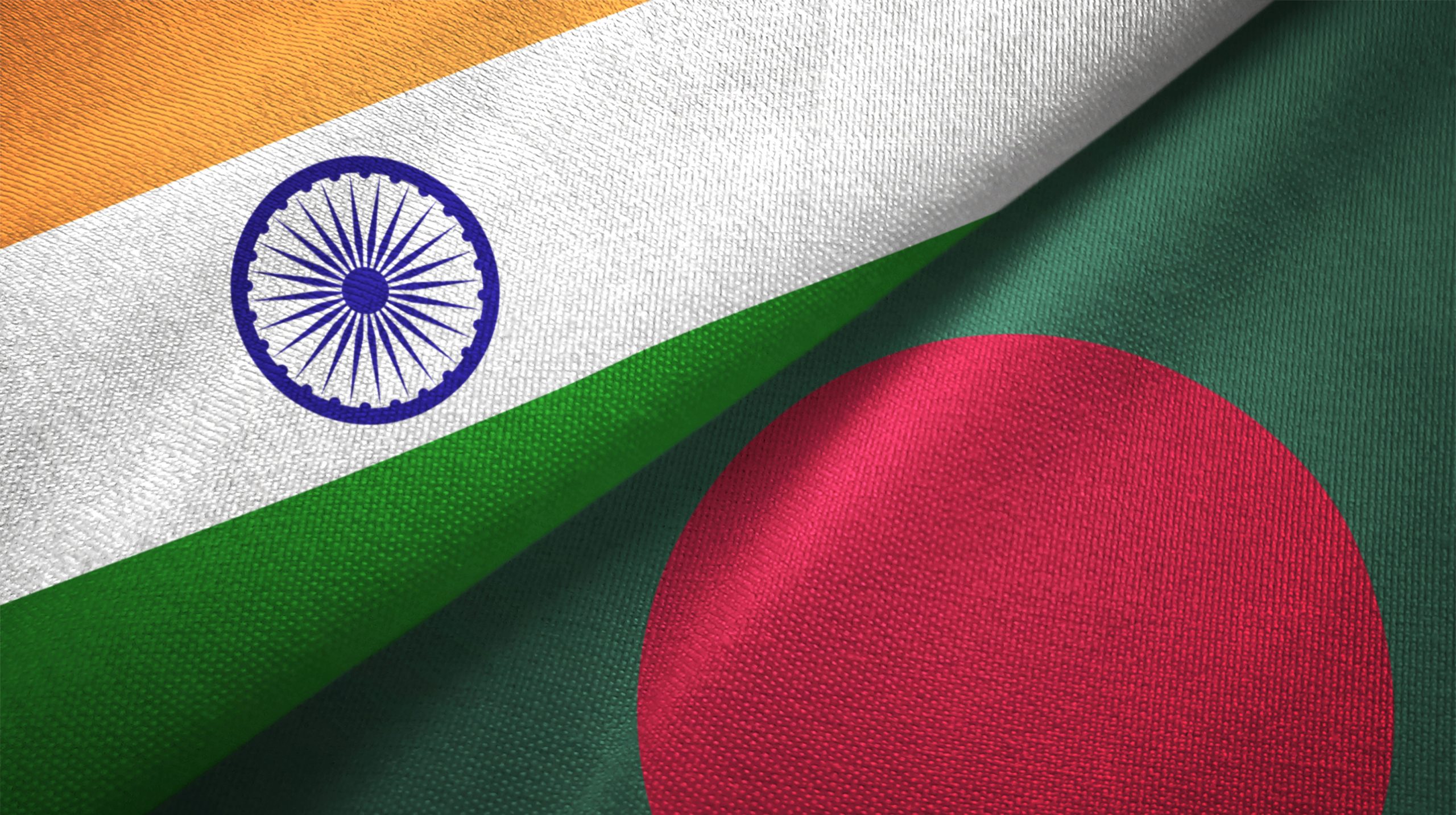

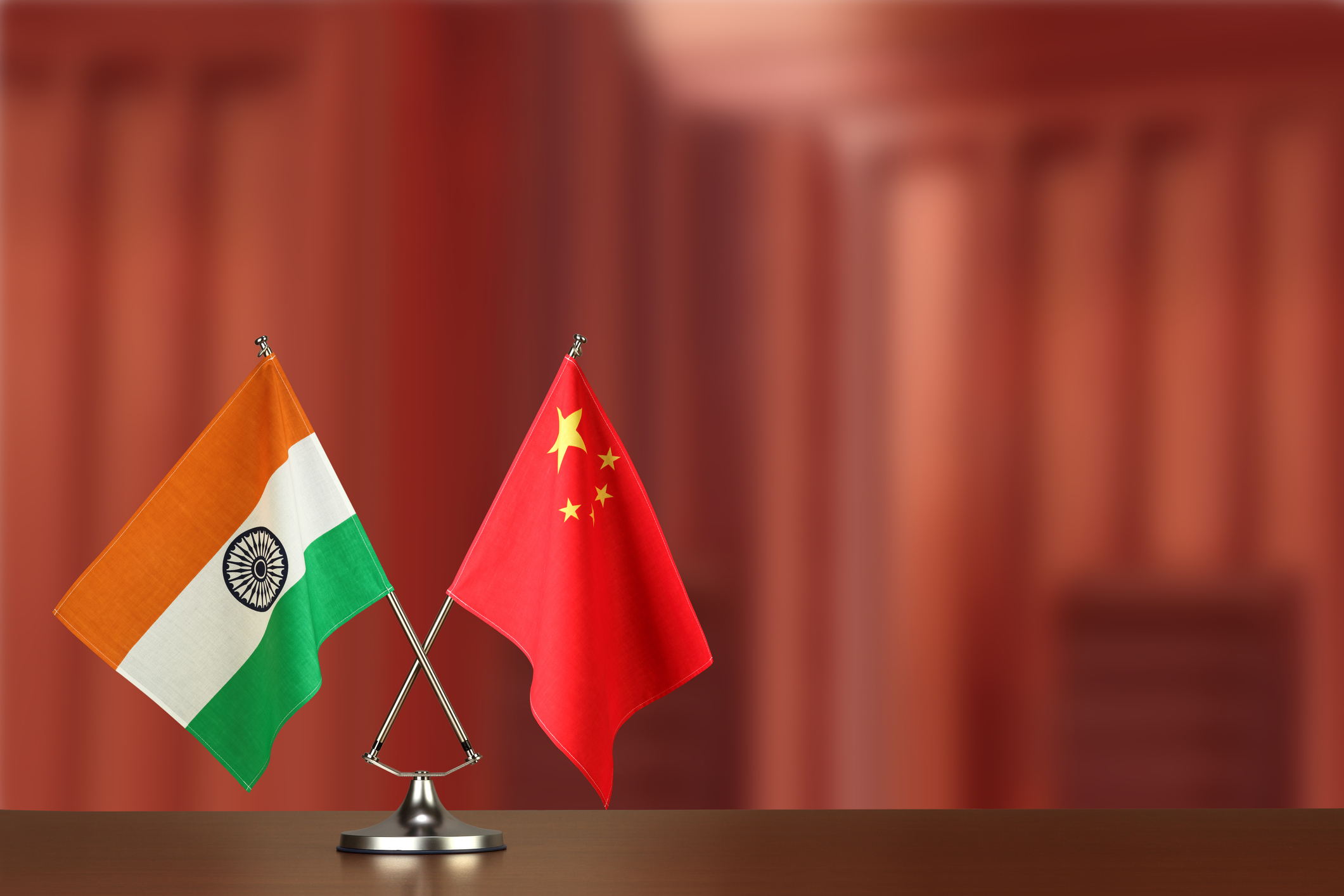
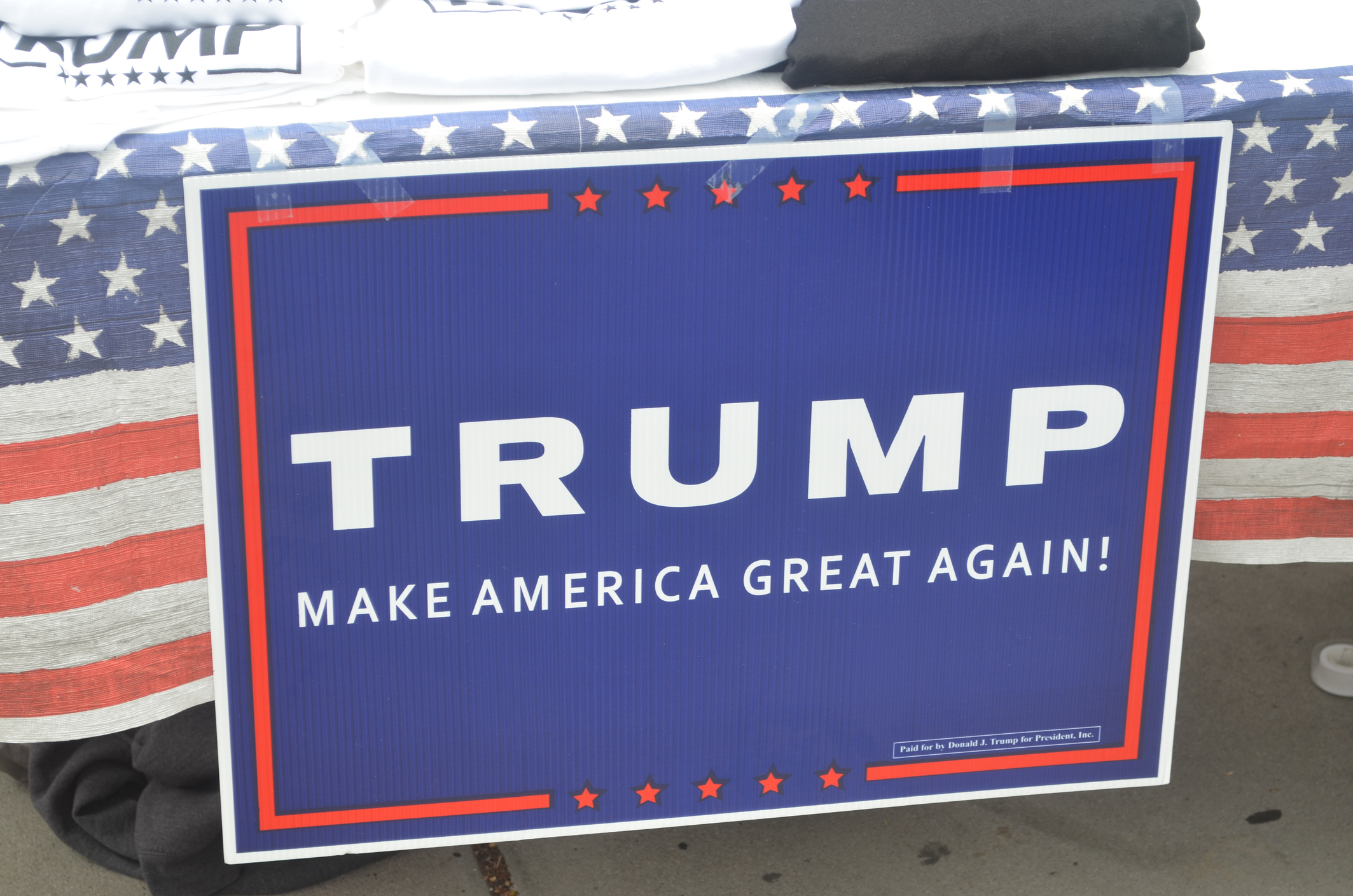
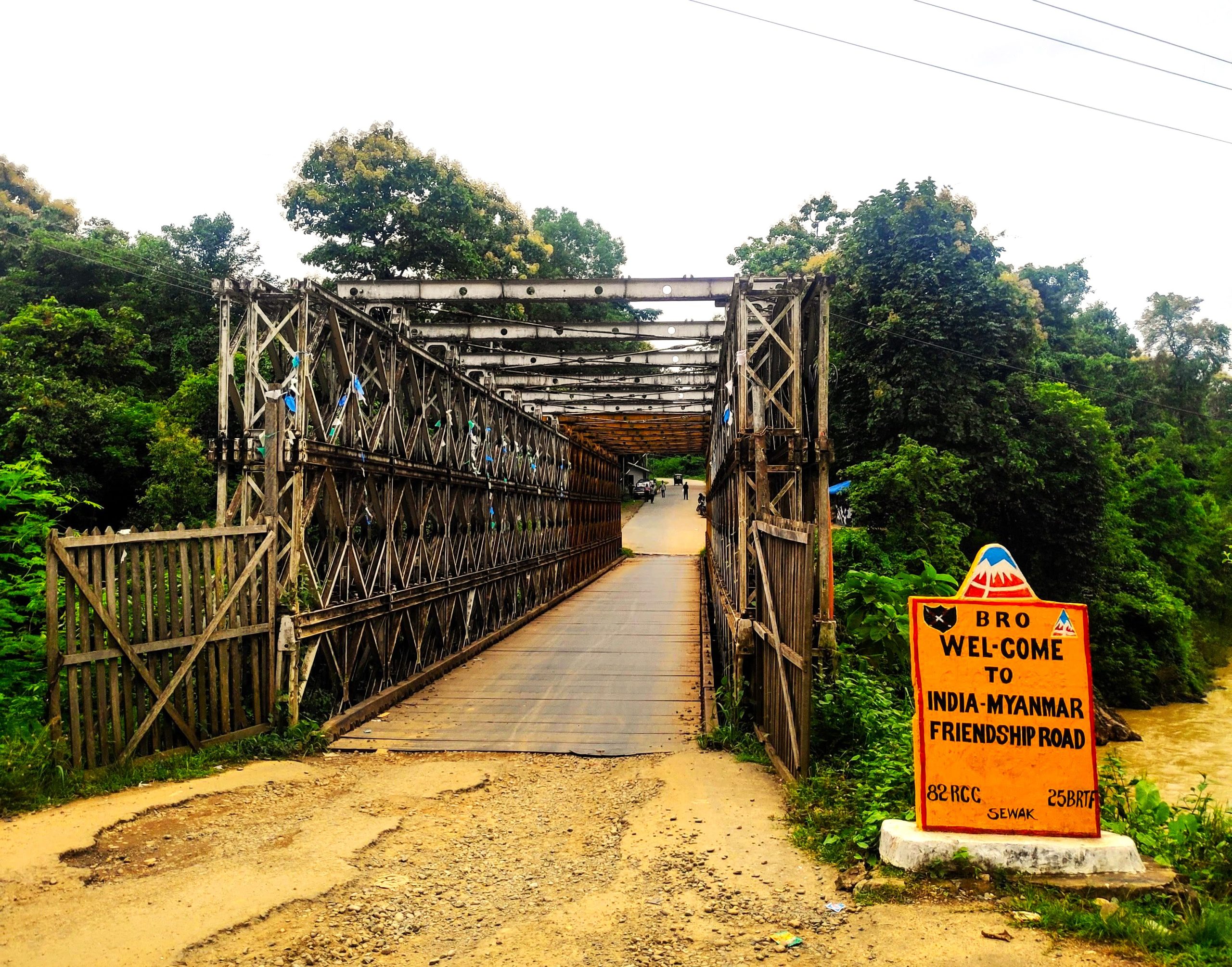








POST COMMENTS (9)
Vinay S K
s
Bipin Chandra Trivedi
Guru
ASHOK IYER
Vaibhav Khatri
Ansh
tushar mitra
K N V Rama Rao